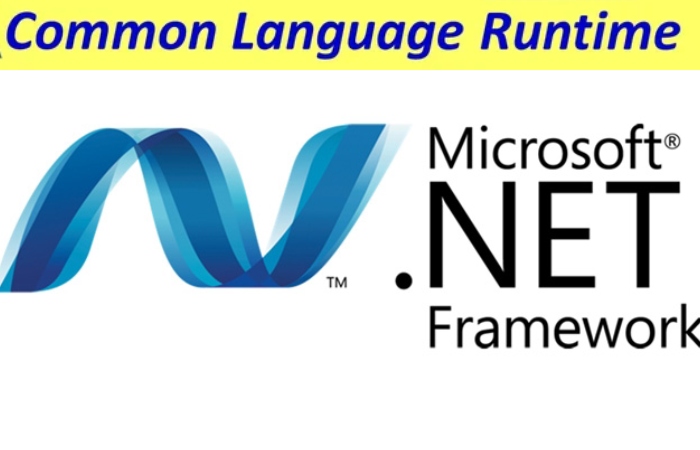Common Language Runtime Write For Us – Submit Guest Post, and Contribute

Common Language Runtime write for us – The Common Language Runtime (CLR) is programming that manages the implementation of programs written in several supported languages, allowing them to share standard object-oriented classes written in any of the languages. It is a part of Microsoft’s .NET Framework. The CLR is somewhat comparable to the Java virtual machine Sun Microsystems provides for running programs compiled from Java. Microsoft refers to its CLR as a “managed execution environment.” An agenda compiled for the CLR does not need a language-specific execution environment and can easily be moved to and run on any system with Windows 2000 or XP. You can send your article to contact@technologywebdesign.com
Roles of Common Language Runtime in the .NET Framework
CLR (Common Language Runtime) is the essential component of the .NET Framework. CLR provides an environment for all .NET language compilers for converting source code into a common language known as IL, MSIL, or CIL. It provides surroundings to run .NET applications on the targeted machine.
CLR provides multiple services to perform processes, like memory management and safety services. CLR performs different tasks to manage the execution of .NET applications. The following responsibilities of CLR are given below:
- Automatic memory management
- Code access security
- Garbage collection
- JIT compilation
1) Automatic memory management
CLR calls various predefined functions of the .NET framework to allocate and de-allocate memory of .NET objects. So, developers need not write code to assign and de-allocate memory explicitly.
2) Code access security
CLR allows access to code to do only those tasks for which it has permission. It also checks users’ permissions using authentication and configuration files of .NET applications.
3) Garbage collection
GC is used to stop memory leaks or holes. The garbage antenna of CLR automatically determines the best time to free the memory, which is allocated to an object for execution.
4) JIT compilation
JIT stands for Just In Time. It is also an essential part of Common Language Runtime (CLR); the JIT compiler converts MSIL code to targeted machine code for execution.
We welcome contributors who are searching for Common Language Runtime write for us, Common Language Runtime guest posts and Submit Post to write on Technologyburner.com.
How to Submit Your Guest Post?
To submit guest posts, please read through the guidelines mentioned below. You can interact with us through the website contact form or contact@technologywebdesign.com.
Write for Technology Web Design – Common Language Runtime Write for Us

- Writing for Technology Web Design can expose your website to customers looking for Common Language Runtime.
- Technology Web Design presence is on Social media, and we will share your article with the Common Language Runtime-related audience.
- You can reach out to Common Language Runtime enthusiasts.
Search Terms Related to Common Language Runtime Write for Us
Common Language Runtime
Language
Virtual machine
Microsoft .NET Framework
NET
Common Intermediate Language
List of CLI languages
Java virtual machine
Memory management
Type safety
Exception handling
Garbage collection
Security
Thread management
Managed code
Intermediate language code
Machine instructions
Programming language
Virtual Execution System
Search Terms for Common Language Runtime Write for Us
Common Language Runtime Write for Us
Guest Post Common Language Runtime Contribute
Common Language Runtime Submit Post
Submit Common Language Runtime Article
Common Language Runtime + Write for Us
Common Language Runtime becomes a guest blogger
Wanted Common Language Runtime writers
Suggest a post- Common Language Runtime
Write for Us + Common Language Runtime
Common Language Runtime guest author
Common Language Runtime writers wanted
Guest author Common Language Runtime
Article Guidelines on Technology Web Design – Common Language Runtime Write for Us
We at Technology Web Design welcome fresh and unique content related to Common Language Runtime.
Technology Web Design allows a minimum of 500+ words related to the Common Language Runtime.
The editorial team of Technology Web Design does not encourage promotional content related to Common Language Runtime.
To publish an article at Technology Web Design, email us at contact@technologywebdesign.com.
Related Words
App Store Write for Us
Buy Now Pay Later Write for Us
Banner Advertising Write For Us
